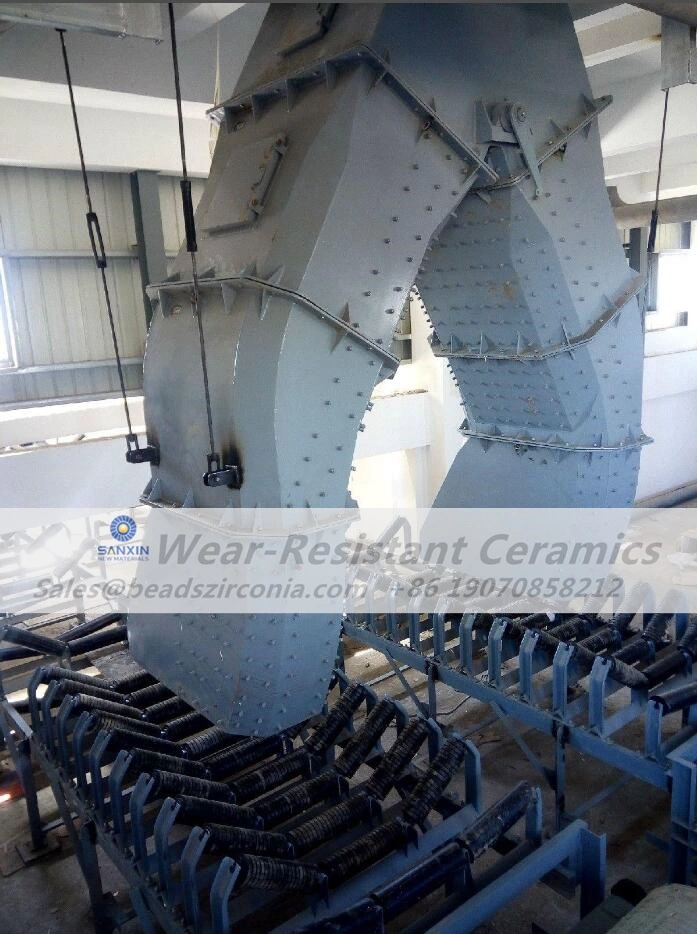When it comes to the transportation of coal, the design of chutes plays a pivotal role. Understanding the disparities between a regular coal chute and a curved one is crucial in optimizing efficiency while minimizing wear and tear.
Regular coal chutes, often standardized, predominantly consist of straight pipes. However, this conventional design doesn't account for the parabolic trajectory of coal particles during transit. Consequently, this oversight leads to substantial dust pollution at transfer points, frequent blockages, and severe internal abrasion of chute linings, necessitating frequent replacements.
On the other hand, curved coal chutes are meticulously engineered, considering the elasticity, viscosity, plasticity, deformation grades, sliding behavior, expansion, and flow characteristics of the material particles. These chutes are crafted based on mathematical models derived from this analysis, integrating computer simulation technology. The resulting innovative pipelines adhere to the fundamental principles of material motion, significantly curbing dust generation at the source. Furthermore, they drastically reduce lining abrasion and the occurrence of blockages.

Regular chutes witness direct linear material entry, causing substantial impact and abrasion on the lining. Conversely, curved chute technology employs streamlined arc-shaped head covers, ensuring material entry at optimal angles. This safeguards efficient material conveyance, controls induced coal flow, alters its direction and velocity upon entry into the chute, consequently minimizing coal dust's impact on the pipeline.
Conventional chutes often face high coal flow impact angles, increasing blockage probabilities. Curved chutes, by altering the coal flow direction, reduce impact angles between coal flow and the chute wall, notably improving the blockage situation.
Regular chutes struggle to control coal flow speed, resulting in significant noise during movement. In contrast, curved chutes transform the coal descent process into a sliding motion, regulating the dynamic potential and altering direction during the sliding process. This strict adherence to optimal angles and speeds minimizes noise and significantly reduces dust production.
Standard chutes suffer severe lining wear, necessitating frequent maintenance and replacements. Curved chutes substantially decrease lining abrasion, especially when paired with wear-resistant ceramic linings, extending their lifespan to more than ten times that of standard pipelines.
Understanding these disparities is pivotal in optimizing coal transportation systems, ensuring efficiency, and reducing maintenance overheads in industrial setups.

Submit your demand,
we will contact you ASAP.

Sanxin New Materials Co., Ltd. focus on producing and selling ceramic beads and parts such as grinding media, blasting beads, bearing ball, structure part, ceramic wear-resistant liners, Nanoparticles Nano Powder

